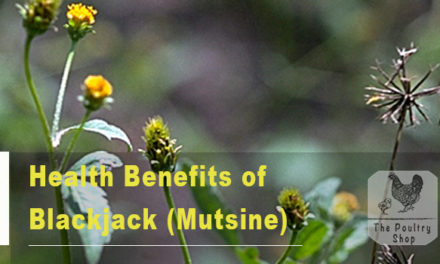Fowl Cholera is a bacterial disease that occurs in chickens of all ages. The bacterium responsible for this disease is called Pasteurella multocida.
It is highly contagious and mortality in acute cases is high. The causative organism is spread readily during the rainy season because wet litter serves as a good home of numerous micro-organisms.
Symptoms of Cholera in Chickens
In acute cases, birds that appear healthy die suddenly while in chronic cases the affected birds show the following:
- Yellow, green or grey diarrhoea.
- Loss of appetite (anorexia).
- Fever.
- Laboured breathing.
- Drooped wings and tail feathers.
- Ruffled feathers.
- Swelling of the leg joints, sinuses, ear, face, wattle and foot pad.
- Twisting of the neck.
- Discharge from the nostril or beak.
- Lack of energy and enthusiasm (lethargy).
Note: The above signs are also similar to those of fowl typhoid.
How to Treat, Prevent, and Control Cholera in Chickens
- Fowl cholera can be treated using sulphur-based drugs, tetracycline and erythromycin.
- Poultry birds can be vaccinated against fowl cholera by administering a fowl cholera vaccine such as Chickboost.
- Maintain proper hygiene and sanitation.
- Practice a high level of biosecurity and prevent rodents, wild birds, dogs, cats and other animals.
Disclaimer: Information in this article does not substitute advice from your local veterinarian. Whilst great effort is taken to ensure accuracy of information in this article, no responsibility can be accepted for any loss or injury incurred due to error or omission.
Did you find this article helpful? Leave a comment below or subscribe to my free Email Newsletter and also like The Poultry Shop Facebook page. Thanks!





